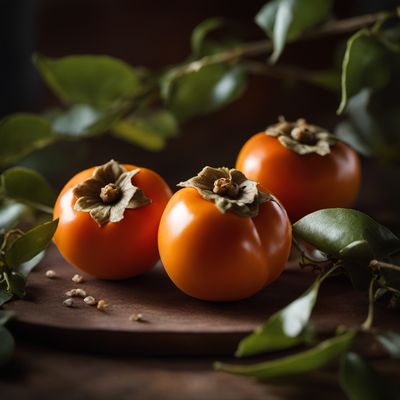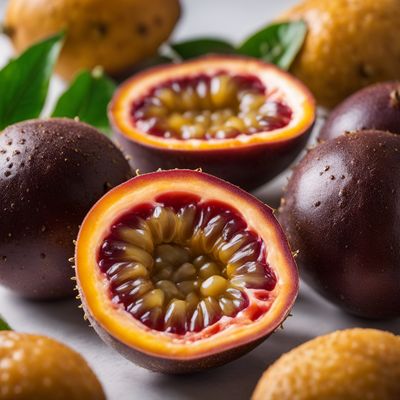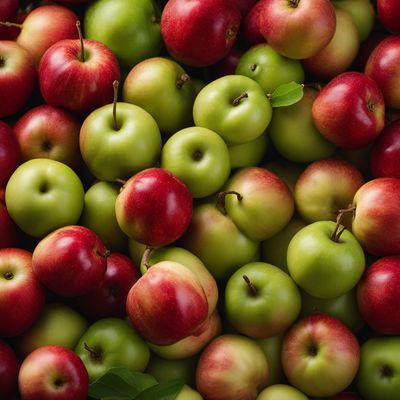
Ingredient
Other Miscellaneous fruits with inedible peel, small
Petite Gems: Exploring the World of Small Fruits with Inedible Peel
Other miscellaneous fruits with inedible peel, small, encompass a diverse range of fruits such as lychee, kumquat, and passion fruit. These petite gems are known for their vibrant colors, juicy flesh, and distinctive flavors. While their exteriors may not be edible, their interiors are bursting with sweetness, tanginess, or a combination of both. The small size of these fruits makes them perfect for snacking, garnishing desserts, or adding a burst of flavor to salads and cocktails.
Origins and history
These small fruits have origins in different parts of the world. Lychee, native to China, has been cultivated for over 2,000 years and holds cultural significance in Asian cuisines. Kumquats, originating from China as well, have a long history and are often associated with good luck and prosperity. Passion fruit, native to South America, has a rich history dating back to the Aztecs and is now widely cultivated in tropical regions worldwide.
Nutritional information
These small fruits are packed with essential nutrients, including vitamins C and A, dietary fiber, and antioxidants. They are low in calories, making them a healthy choice for adding flavor and nutrition to meals and snacks.
How to select
When selecting these small fruits, look for ones that are firm, plump, and free from blemishes or mold. For lychee, choose fruits with a vibrant red or pink color and avoid those with brown spots. Kumquats should have a bright orange color and feel heavy for their size. Passion fruit should have a wrinkled skin, indicating ripeness, and feel slightly heavy.
Storage recommendations
Store these small fruits in a cool, dry place or in the refrigerator to maintain their freshness. Lychee and kumquats can be stored in a perforated bag in the refrigerator for up to a week. Passion fruit can be stored at room temperature for a few days or in the refrigerator for up to two weeks.
How to produce
These small fruits can be grown in suitable climates. Lychee trees require a warm and humid environment, while kumquat trees thrive in subtropical regions. Passion fruit vines can be grown in tropical and subtropical areas. Consult local gardening resources or nurseries for specific cultivation instructions.
Preparation tips
To enjoy these small fruits, peel the inedible skin and remove any seeds if necessary. Lychee can be eaten fresh, added to fruit salads, or used in desserts. Kumquats can be eaten whole, sliced and added to salads or cocktails, or used in marmalades. Passion fruit can be cut in half, and the pulp can be scooped out and used in desserts, drinks, or as a tangy topping.
Culinary uses
These small fruits are versatile in the culinary world. Lychee can be used in fruit salads, sorbets, or as a topping for cakes and pastries. Kumquats can be used in jams, chutneys, or as a garnish for seafood dishes. Passion fruit can be used in desserts like mousses, tarts, or as a flavoring for sauces and dressings.
Availability
These small fruits are commonly available in tropical and subtropical regions worldwide. They are often found in local markets, specialty grocery stores, or can be sourced from online suppliers.
More ingredients from this category

American persimmons and similar-
The Autumn's Golden Gems

Prickly pears and similar-
Exotic Delights: Unveiling the World of Prickly Pears

Kiwi fruits and similar-
The Vibrant Delights of Exotic Fuzzy Fruits

Passionfruits and similar-
The Tropical Treasure

Star apples and similar-
Exotic Delights: Exploring Star Apples

Litchis and similar-
Exotic Delights: Exploring the World of Litchis